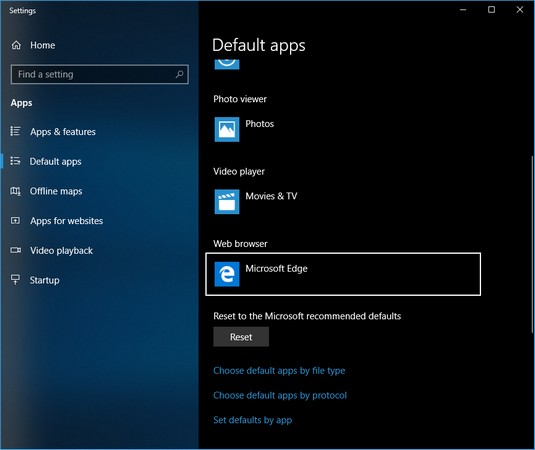

- #WINDOWS 3.1 IN BROWSER INSTALL#
- #WINDOWS 3.1 IN BROWSER CODE#
- #WINDOWS 3.1 IN BROWSER PC#
- #WINDOWS 3.1 IN BROWSER WINDOWS#
Integration with the HTMLAssistant Windows-based HTML helper/editor. Editing support for local files via an external editor.inline graphics support: GIF, XBM, PCX, and BMP.Ĭello is considered to be one of the early casualties of the Browser wars. By 1999, Cello was considered to be a "historical" browser. īy 1995, Cello, like the Mosaic browser, was overshadowed by two newer browsers - Netscape and Internet Explorer - and fell into disuse.
#WINDOWS 3.1 IN BROWSER WINDOWS#
Following the release of Windows 95, which offered a much better TCP/IP interface, Cello fell into disuse and was abandoned.

#WINDOWS 3.1 IN BROWSER INSTALL#
Cello was praised for being easy to install, because it wasn't necessary to install Win32s or a TCP/IP stack for Windows 3.1. Despite having fewer features than Mosaic, Cello continued to be used due to its simpler interface and lower system requirements. In 1994, most websites were visited using either the Cello browser or the Mosaic browser.
#WINDOWS 3.1 IN BROWSER PC#
As such, it achieved a fair amount of use and recognition within the legal community, including a number of PC users with between 150,000 and 200,000 users. Shortly after launch, Cello was being downloaded at a rate of 500 copies per day. When released in 1993, Cello was the only browser for the Microsoft Windows platform. While it did not ship with the original release of Windows 95, it shipped with Microsoft Plus! for Windows 95. On 15 August 1995, Microsoft debuted its own web browser Internet Explorer 1 for Windows 95. Nevertheless, on 11 January 1995, Microsoft announced that it had licensed the Mosaic technology from Spyglass, which it would use to create Internet Explorer. Steven Sinofsky, president of the Windows division at Microsoft wrote in a June 1994 email: We do not currently plan on any other client software, especially something like Mosaic or Cello.
#WINDOWS 3.1 IN BROWSER CODE#
Īlthough other browsers at the time were based on CERN's WWW libraries called lib Unlike most commercial browsers at that time, Cello used none of Mosaic's source code and thus had a different look and feel. This was made possible by a grant from the National Center for Automated Information Research. Thus, to allow lawyers to use their website, the Legal Information Institute developed the first Windows-based Web browser. However, at the time, there were no web browsers for the Microsoft Windows operating system, which was used by most lawyers. The Legal Information Institute at Cornell Law School created the first law site on the Internet in 1992 and the first legal website in 1993. It was publicly announced on 12 April 1993. The development of Cello started in 1992, with beta versions planned for June 1993 and a release for July 1993. However, it can still be downloaded from mirror sites. The browser is no longer available from its original homepage. Since then, the Legal Information Institute at Cornell Law School has licensed the Cello 2.0 source code, which has been used to develop commercial software. Version 1.01a, 16 April 1994, was the last public release. A version 2.0 was announced, but development was abandoned. Ĭello was first publicly released on 8 June 1993. Cello was popular during 1993/1994, but fell out of favor following the release of Mosaic for Windows and Netscape, after which Cello development was abandoned. The lack of a Windows browser meant many legal experts were unable to access legal information made available in hypertext on the World Wide Web.

Ĭello was created because of a demand for Web access by lawyers, who were more likely to use Microsoft Windows than the Unix operating systems supporting earlier Web browsers, including the first release of Mosaic. In addition to the basic Windows, Cello worked on Windows NT 3.5 and with small modifications on OS/2. While other browsers ran on various Unix machines, Cello was the first web browser for Microsoft Windows, using the winsock system to access the Internet. Bruce of the Legal Information Institute at Cornell Law School. Windows 3.1 / 3.11, OS/2, Windows NT 3.5 Īt the Wayback Machine (archived 4 February 2005)Ĭello is an early, discontinued graphical web browser for Windows 3.1 it was developed by Thomas R. C++, makes "heavy use of Borland Object Windows libraries"


 0 kommentar(er)
0 kommentar(er)
